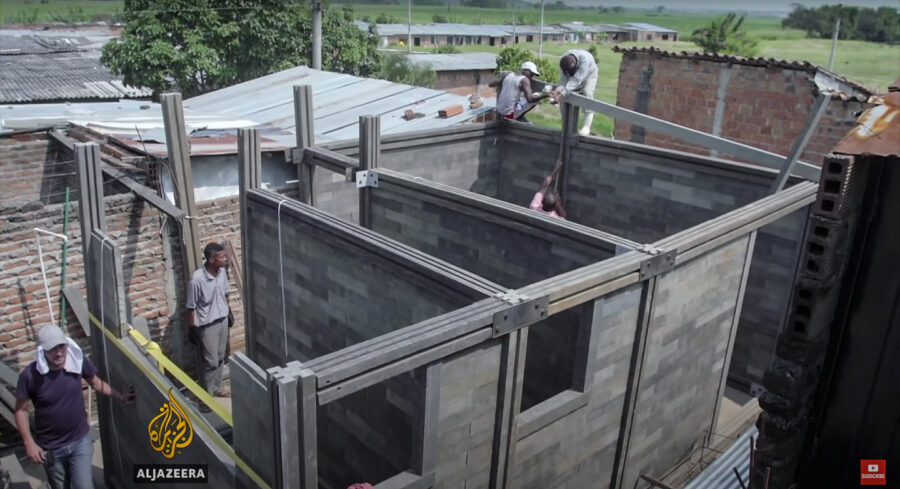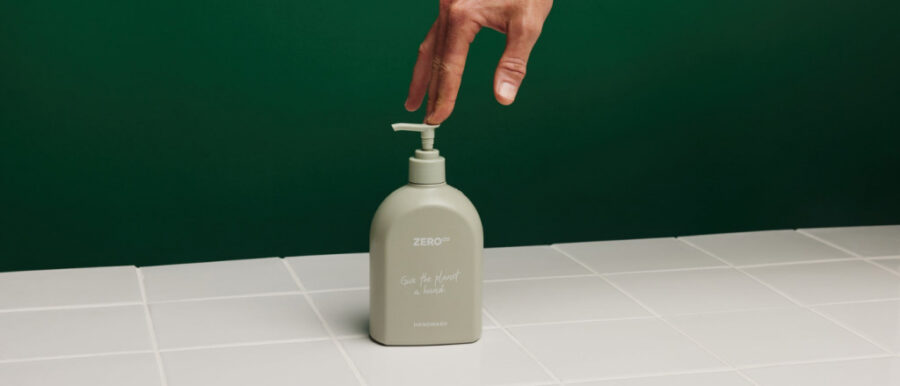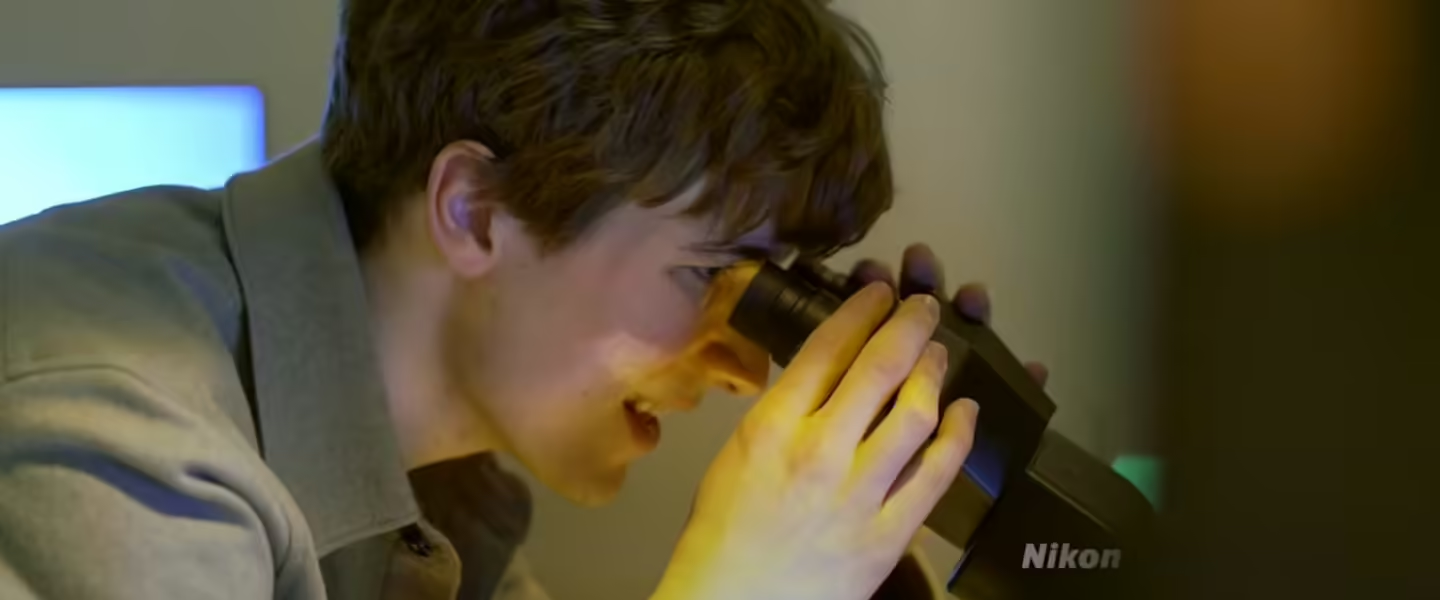Life in the Plastocene: Solutions to the Plastics Plague
There was life before plastics. Is it realistic to hope there will be life after them?
|
Listen To This Story
|
On the first Earth Day, April 22, 1970, DDT was still widely used, bald eagles were scarce, and the EPA didn’t exist.
With Earth Day rotating into view once again, I find myself mulling the many crises now facing life — and asking which most require our not unlimited attention and energies. By now, most people accept that climate change — or, as I think it ought to be called, the Climate Emergency — is a real and big issue. Same to some extent with the daunting challenges to the air we breathe, the food we eat, the water we drink.
I don’t, however, think people truly grasp the significant danger created by 70 years of indiscriminate plastic use — or the impact of failing to ring alarm bells loud enough to mobilize an adequate global response.
I recently described how plastics are disrupting cell function in our bodies and in the larger ecosystem. But it continues to be regarded as a remote, fringy threat to the public, with the scope of the plastic pollution problem effectively hidden by big petroleum. Because of this, it can become “just” another in an endless list of “comparatively less urgent” environmental problems from which we guiltily avert our gaze.
One reason we don’t want to look at it is that any effective response seems depressingly impossible, leading to the apathetic conclusion that there’s nothing we can do about it.
But there’s actually some good news. Well, OK now, you say. Finally.
As is often the case, the people who come up with solutions to apparently insoluble problems are the dreamers among us — scientists, entrepreneurs, proactive policy folks, imaginative lay persons — and they have been busy developing ideas that could have enormous effects. Some are already making tangible progress.
Intercept the Stuff
A Dutch nonprofit is involved in trying to clean up the plastic trash in the ocean, as well as from rivers, the main route by which trash reaches the ocean. Intercepting it before it even reaches the ocean is more efficient than dealing with the consequences downstream. Apparently, out of 3 million rivers in the world, a mere thousand convey 80 percent of river trash, and this scrappy outfit is targeting every one of them. And they’re now operating in far-flung places, such as Indonesia, Thailand, the Dominican Republic, and California.
Once it reaches the ocean, garbage tends to accumulate in five main places — and the worst, where the garbage soup is thickest, is between Hawaii and California. Down in the deep aqua, one of their devices sucks up trillions of pieces of plastic debris. Another doohickey is a long U-shaped barrier that guides the trash into a retention zone. The haul of trapped plastic garbage is turned into products by their partner companies. You can watch all the action on this video.
***
Speaking of recycling and repurposing: A company in Bogota, Colombia, has been offering win-win solutions that also address the homeless population, estimated at around 10,000 in Bogota alone. Conceptos Plasticos, a firm founded in 2010, is using plastic trash to solve the housing shortage. It all came out of a graduation thesis and architect Oscar Mendez’s desire to help a friend build a house in a remote, somewhat inaccessible area.
Mendez found a way to forge plastic trash into strong, “hard as rock” bricks, which, like Lego blocks, hold together with no adhesives. Hence, anyone can assemble a modern-looking house (or school or warehouse), in just a few days. And take one apart and move it. The blocks are adaptable to any terrain or climate — resistant to strong winds and even earthquakes — Mendez says, and can be reused after any catastrophe. And they cost at least 30 percent less than traditional materials; as a bonus, all this generates jobs in trash collection and processing. From Bogota, this practice has now spread to Africa and India.

In Ireland, 22-year-old chemistry student Fionn Ferreira invented a method to remove microplastics from water using a magnetic liquid called ferrofluid, which consists of magnetic particles. The tiny (nanoscale) magnetic particles bind to microplastic particles, separating them from water. Then, larger magnets attract the magnetic-fluid-bound particles. His method produces no waste, nor does it require any filters or chemicals. Ferreira’s invention came to the attention of the actor Robert Downey Jr. who, with his Footprint Coalition, helped Ferreira create a prototype. Ferreira (now working with the University of Texas) has set his sights on adapting his method to water treatment facilities around the world.
Sweden offers a state of the art recycling apparatus — the Site Zero plant. Go here to watch 12 different kinds of plastic bouncing through a giant maze of chutes and conveyor belts, separating all the different kinds of plastic trash. Earlier recycling plants could sort only five kinds of plastic — leaving the rest of the plastic waste to be incinerated, adding to the CO2 in the atmosphere. Why can’t we in the US have such a thing?
An Australian company, Zero Co, converts plastic trash into “Forever Bottles” — not to be confused with those nasty “forever chemicals” (see below). The reincarnated bottles are super sturdy, the company says, and are made to last a lifetime. This company also manufactures a variety of plant-based, cruelty-free, eco-friendly cleaning and body-care products to go into those sturdy bottles.

And from China — the world’s largest user and manufacturer of “single use plastics” — comes a way to deal with the universal scourge of items that are designed to be thrown out and that end up in rivers that take them to the ocean — 150 million tons of it each year — where they do irreparable damage to vital food chains. In an experiment, three Chinese cities introduced regulations that prohibited online food delivery companies from including single-use cutlery with each order — unless those items (such as plastic knives and wooden chopsticks) were explicitly requested. When a large Chinese food delivery platform — similar to UberEats or DoorDash — made “no cutlery” the default option on its online order forms, the percentage of “no cutlery” orders skyrocketed. During the 27 months of the experiment, this action reduced the number of cutlery sets delivered by 225 million — averting over 4,500 metric tons of waste, and saving the equivalent of 56,000 trees.
A Tacoma, WA-based start-up has come up with a device that removes dangerous “forever chemicals” (PFAS) from water. PFAS are used in food packaging, nonstick pans, water-repellent clothes, and firefighting foam. And they escape into our drinking water and even appear in human breast milk. Here, in scientifically impeccable prose, is how the anti-PFAS system works:
It annihilates the pollutants in a device that can reach high pressure and temperature… To that they add lye — an ingredient in soap — to create a caustic environment. The conditions dismantle the PFAS, breaking off the compound at its head, chopping up its spine of carbon molecules, and lopping off the fluoride molecules that run along the backbone.
Frankly, folks, I do not understand one word of the above, but this company won an EPA-sponsored PFAS destruction contest in 2020, and built its first prototype two years later. And it works.
Scientists are also working on natural, organic ways of getting rid of plastic — such as plastic-eating worms and bacteria. If you find this all a bit much to swallow, well, many practical problems remain to be solved before these Lilliputian-scale treatments can begin attacking the globe-girdling mass of plastic waste.
***
But here’s the 64 million ton question: Even if all these innovations pan out, can they keep up with the tons of new plastic items being manufactured night and day? This headline from Business Green — “Progress tackling plastic waste ‘almost invisible’ as record 220m tonnes predicted this year” — only confirms we have a long way to go. Manufacturers of plastics, especially single-use plastics, need to be persuaded — or coerced by new laws and regulations — into behaving responsibly.
Meanwhile, despite a growing sense of futility, there’s actually plenty each of us can do to help save the planet, while protecting ourselves.
Easy Ways to Protect Yourself
I thought you might like to see some suggestions for minimizing your own exposure to microplastics and to reduce the ways in which you — along with the rest of us — are threatening the viability of the only home planet we have. (Some of the tips below come from Plastic Pollution Coalition (PPC), a network of groups working on the problem.)
A short list of Do’s and Don’ts:
Don’t expose plastic things to hot water because this releases trillions of microscopic particles.
Don’t even use paper cups. Microplastics from the lining in paper cups are released in hot water.
Don’t put plastic containers in a microwave. Microwaving plastic releases millions of polymer bits.
Don’t use teflon (it’s toxic) pots and pans. Use stainless steel, uncoated ceramic, and cast iron.
Don’t buy plastic toys for babies or children. Try to find unpainted, untreated wooden toys instead.
Don’t buy plastic things for your pets. See Plastic-Free Pet Care.)
Do buy products that come in glass containers — and save those containers for re-use.
Do use reusable bags. Even large ones can be folded up to fit into a purse or pocket.
Do try to buy natural fiber items, such as 100 percent organic cotton, hemp, bamboo, wool, and other animal fibers. (Man-made materials, like spandex and polyester, are major shedders of tiny plastic bits.)
***
There’s actually so much you can do. And therein lies a problem. Because it can feel like too much. Like a major transformation of the way you live and work, a complete soup to nuts overhaul. Because, let’s face it, plastics are everywhere and involved in everything we do.
So it’s hard to even know where to begin and very easy to throw up your hands. Even the “easy” things suggested above can feel very “eat your broccoli.”
But meanwhile here’s my thought: Start with something, start small, start manageable. You go to buy some milk — buy the brand in the glass container instead of the plastic. That’s not hard. And you see how this works? It’s a market economy (mostly, at least where the monopolists don’t hold sway), and if you start buying more milk in glass and less in plastic, the milk folks will soon enough figure it out — having noticed the bulge and dent, respectively, in their bottom lines — and you’ll start seeing more milk in glass.
That kind of change is really pretty simple, not much of a sacrifice, and can produce profound results. The other day I noticed that a Panda Express outpost had changed from plastic to wooden forks. I wondered whether the switch was purely altruistic or had been prompted by input from patrons or perhaps some NGO. It doesn’t really matter. The bottom line is there are lots of ways of improving the situation that don’t require any bigtime sacrifices. Just as it’s the scientists’ job to find technological innovations, it’s our job to find and share them.
Plastic is a mega-dilemma, and we’re just nibbling at the edges of it. But a little consistent nibbling, and a lot of nibblers, can go a long way.

